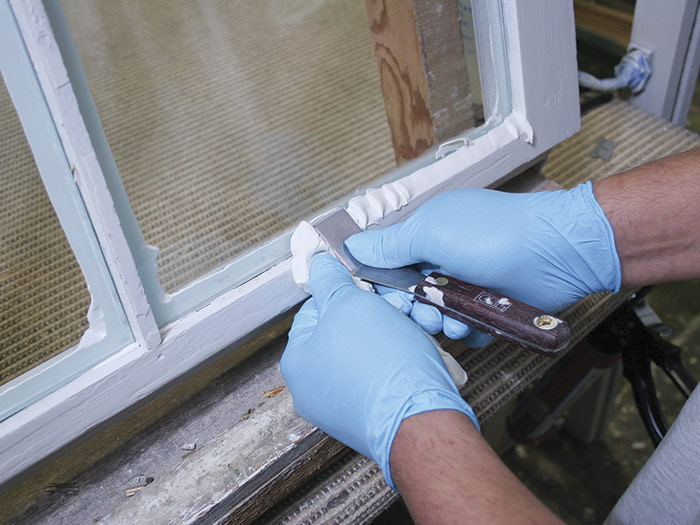Why We Enjoy Glass Repair (And You Should Also!)

Window Glazing Services: A Comprehensive Guide
Window glazing is a necessary service that enhances the energy effectiveness, visual appeal, and resilience of structures. Whether for residential or commercial residential or commercial properties, the ideal glazing can significantly improve convenience while reducing energy bills. This short article provides an in-depth understanding of window glazing services, consisting of the types of glazing readily available, the advantages of professional glazing, and common FAQs to help homeowner make notified choices.
Understanding Window Glazing
Window glazing refers to applying a transparent or translucent movie or layer to windows to enhance functionality and appearance. Glazing can differ based upon factors such as thickness, kind of glass, and the specific needs of a structure. The primary goal of window glazing is to allow natural light to get in while providing a barrier against environmental elements.
Types of Window Glazing
There are several kinds of window glazing alternatives readily available, including:
- Single Glazing: This is the most basic kind of glazing, consisting of a single pane of glass. Although cost-effective, it uses minimal insulation and might cause greater energy costs.
- Double Glazing: This involves 2 panes of glass separated by a space (generally filled with argon gas) that provides excellent thermal insulation. Double-glazed windows can considerably decrease heat loss and noise invasion.
- Triple Glazing: Similar to double glazing however with 3 panes of glass. It offers improved insulation and soundproofing however at a greater expense and weight.
- Low-E Glass: Low-emissivity (Low-E) glass is treated with a special covering that shows heat and lessens UV light transmission. This kind of glazing can help keep interiors cooler in the summertime and warmer in the winter.
- Tempered Glass: This is glass that has actually been treated to increase its strength. It is typically used in areas requiring security, as it shatters into small, blunt pieces rather than sharp shards.
- Laminated Glass: This consists of two or more layers of glass bonded together by a plastic interlayer. It is typically used for its soundproofing and safety functions.
Benefits of Professional Window Glazing Services
Buying professional window glazing services provides many advantages:
- Energy Efficiency: Proper glazing minimizes heat transfer, which can result in lower heating & cooling expenses.
- Increased Comfort: Good glazing assists preserve a steady indoor temperature level, making sure convenience for citizens or workers.
- Improved Aesthetics: Professional glazing offers a refined appearance that can significantly enhance the home's curb appeal.
- Noise Reduction: Quality glazing supplies better sound insulation, perfect for homes located near hectic streets or loud environments.
- Security and Security: Double and triple glazing, along with laminated glass, offer extra defense against break-ins and accidental glass breakage.
- UV Protection: Certain glazing alternatives, like Low-E glass, can safeguard furnishings from damage brought on by UV rays, prolonging their life-span.
Picking a Window Glazing Service
When picking a window glazing service, homeowner need to consider the following:
- Experience and Expertise: Look for companies with a tested performance history and market experience.
- Quality of Materials: Ensure that the service utilizes premium products that meet local building codes and standards.
- Customer Reviews: Check online reviews and testimonials to assess the track record of the glazing company.
- Guarantee and Service Agreements: A reliable glazing service needs to provide guarantees on both products and labor.
- Expense Estimates: Obtain numerous quotes from various companies to make sure competitive prices.
Typical Window Glazing Techniques
Different strategies might be used throughout the glazing process, such as:
- Bead Glazing: Involves a bead (or seal) to hold the glass in place, offering a water tight seal.
- Captive Glazing: The glass is held in place by a frame that substantially reduces air leakages.
- Pocket Glazing: The glass fits into a pocket or groove and is sealed with putty or silicone.
Often Asked Questions (FAQs)
What is the distinction in between single, double, and triple glazing?
Single glazing includes one pane of glass, double glazing has two panes with a gap for insulation, and triple glazing includes three panes for optimum energy effectiveness.
How does window glazing improve energy efficiency?
Window glazing minimizes heat transfer, minimizing the need for synthetic heating & cooling, which leads to decrease energy intake and costs.
Is window glazing worth the financial investment?
Yes, buying professional window glazing uses substantial long-term cost savings on energy costs and improves the comfort and safety of your property.
How do I keep my glazed windows?
Frequently look for any damage, clean the glass with a suitable cleaner, and ensure that seals are undamaged to preserve performance.
Window glazing services play a vital function in enhancing the performance and visual appeals of buildings. By choosing the right type of glazing and hiring a professional service, homeowner can improve energy effectiveness, boost comfort, and include value to their homes and services. No matter the glazing option chosen, the investment will add to a more sustainable and visually enticing area.
Table: Comparative Analysis of Different Glazing Types
| Glazing Type | Energy Efficiency | Noise Reduction | Expense Level | Resilience | UV Protection |
|---|---|---|---|---|---|
| Single Glazing | Low | Low | ₤ | Low | No |
| Double Glazing | High | Moderate | ₤ ₤ | Moderate | Yes |
| Triple Glazing | Really High | High | ₤ ₤ ₤ | High | Yes |
| Low-E Glass | High | Moderate | ₤ ₤ | Moderate | Yes |
| Tempered Glass | Moderate | Low | ₤ ₤ | Very High | No |
| Laminated Glass | Moderate | High | ₤ ₤ | High | Yes |
In summary, understanding window glazing services and their components can empower homeowner to make informed choices, ensuring that they maximize benefits while improving their buildings' energy efficiency and comfort levels.

